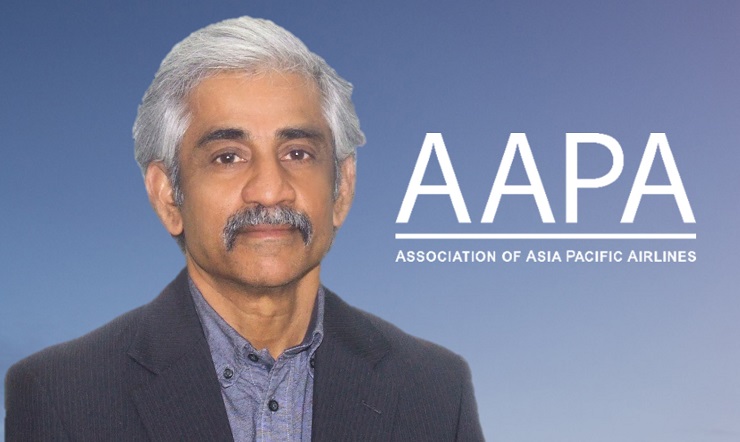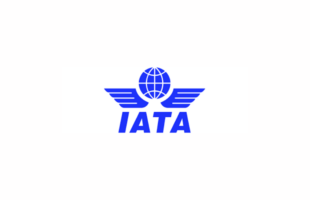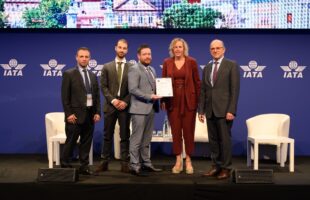
Subhas Menon, Director General, AAPA

With cross-border travel effectively grounded, the Assembly of Presidents of the Association of Asia Pacific Airlines (AAPA) highlighted survival and continuity during their virtual meeting on 13 November.
The Assembly concluded with AAPA, IATA and ACI Asia-Pacific jointly declaring their solidarity and commitment to work with governments to revive air travel.
Industry
The health crisis has triggered unimaginable losses for airlines exceeding US$84 billion worldwide this year. Asia Pacific airlines will account for more than a third of the losses or US$29 billion.
Amongst all regions, the fall in traffic is most steep in Asia Pacific. International air travel remains to be in the doldrums, with less than 2 million passengers per month, compared to 39 million a month in 2019. Seat capacity on international has plummeted 89 percent compared to 2019.
Domestic is another story; traffic recovery in September reached 67 percent of what it was a year ago whilst domestic capacity is already at 80 percent. AAPA said the timely easing of internal travel restrictions in some countries played a huge part to this.
Also read: Several Asia Pacific carriers face existential threat, AAPA says
During the pandemic, Asian airlines have persevered to preserve basic mobility with repatriation flights as well as the transportation of essential cargo, food and medical supplies
Air cargo was more resilient despite the lack of bellyhold capacity due to grounded passenger planes making way for volatile and seasonal rate hikes. The market reached 83 percent of its 2019 level in September.
Restart
AAPA said that with more border closures, airlines are under enormous pressure to minimise losses and conserve cash to survive the crisis.
After taking all means to avoid job losses, many Asia Pacific airlines have announced redundancies. Some 1.8 million direct aviation jobs in the Asia Pacific are potentially at risk as the pandemic persists and borders remain closed.
To restart air travel, AAPA noted bubbles between pairs of cities where the risk level is similarly low and the risk response equally robust, as recommended by the WHO.
Aside from multilateral collaboration amongst states, mutually recognised measures like pre-departure testing protocols and objective risk assessment can be a way forward in reopening borders without onerous travel restrictions.
It called for the adoption of the ICAO CART guidelines, coordinated health measures to restore passenger confidence, as well as the implementation of CORSIA for the aviation meet its decarbonisation goals.
Commenting on developments, AAPA Director General Mr. Subhas Menon said, “Aviation is a global connector. Countries that have largely contained the virus, will hopefully now turn their attention to opening up their borders and revitalising travel and tourism. The demand for cross-border travel will return once the conditions are conducive, as has been seen with the rebound in domestic travel once restrictions were lifted.”
“As one united aviation community, the industry has reaffirmed our shared mission to strengthen solidarity and cooperation with governments and other stakeholders, to contain the spread of COVID-19, revive air travel and secure its future contribution to positive social and economic development,” he added.






